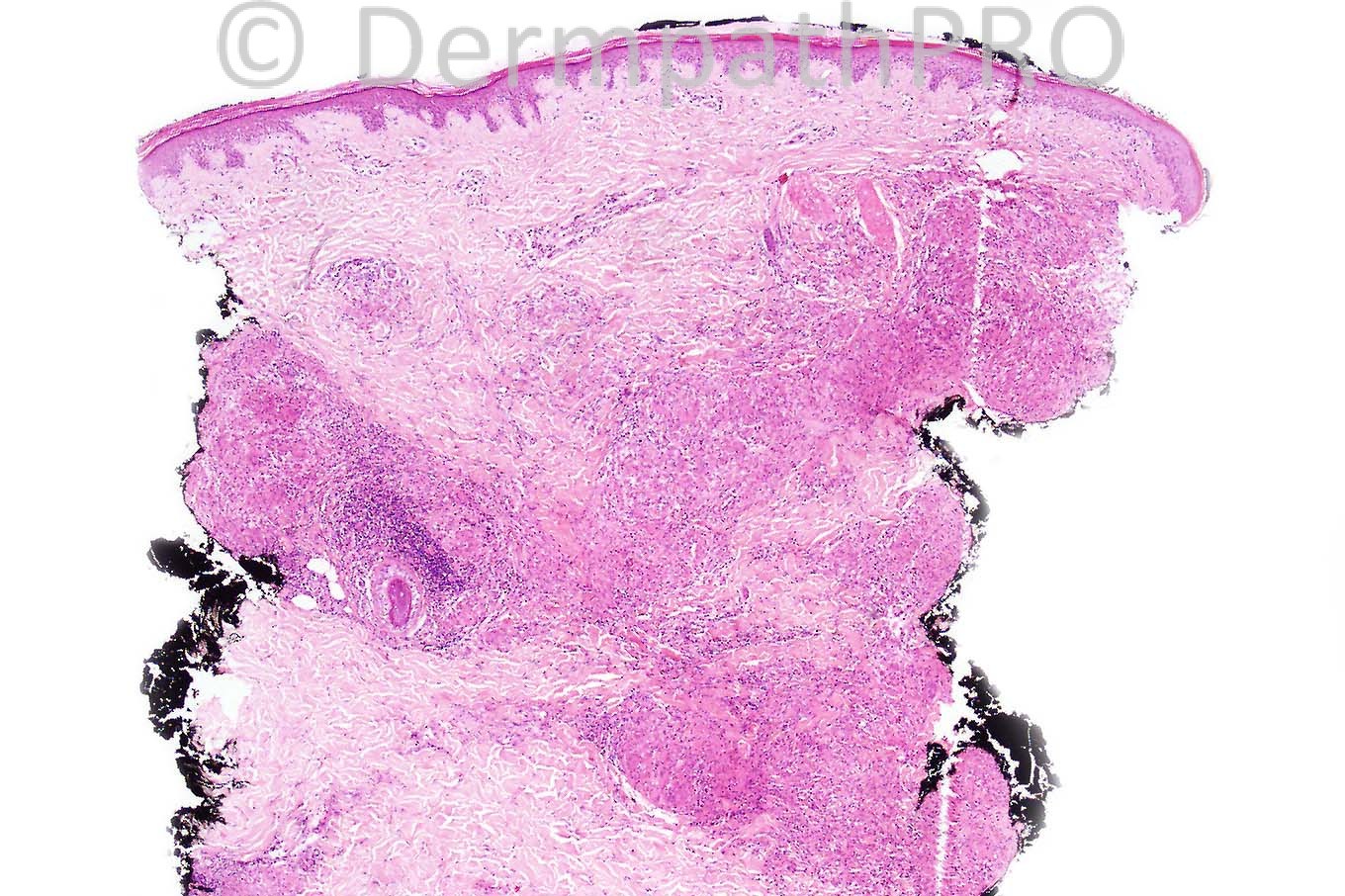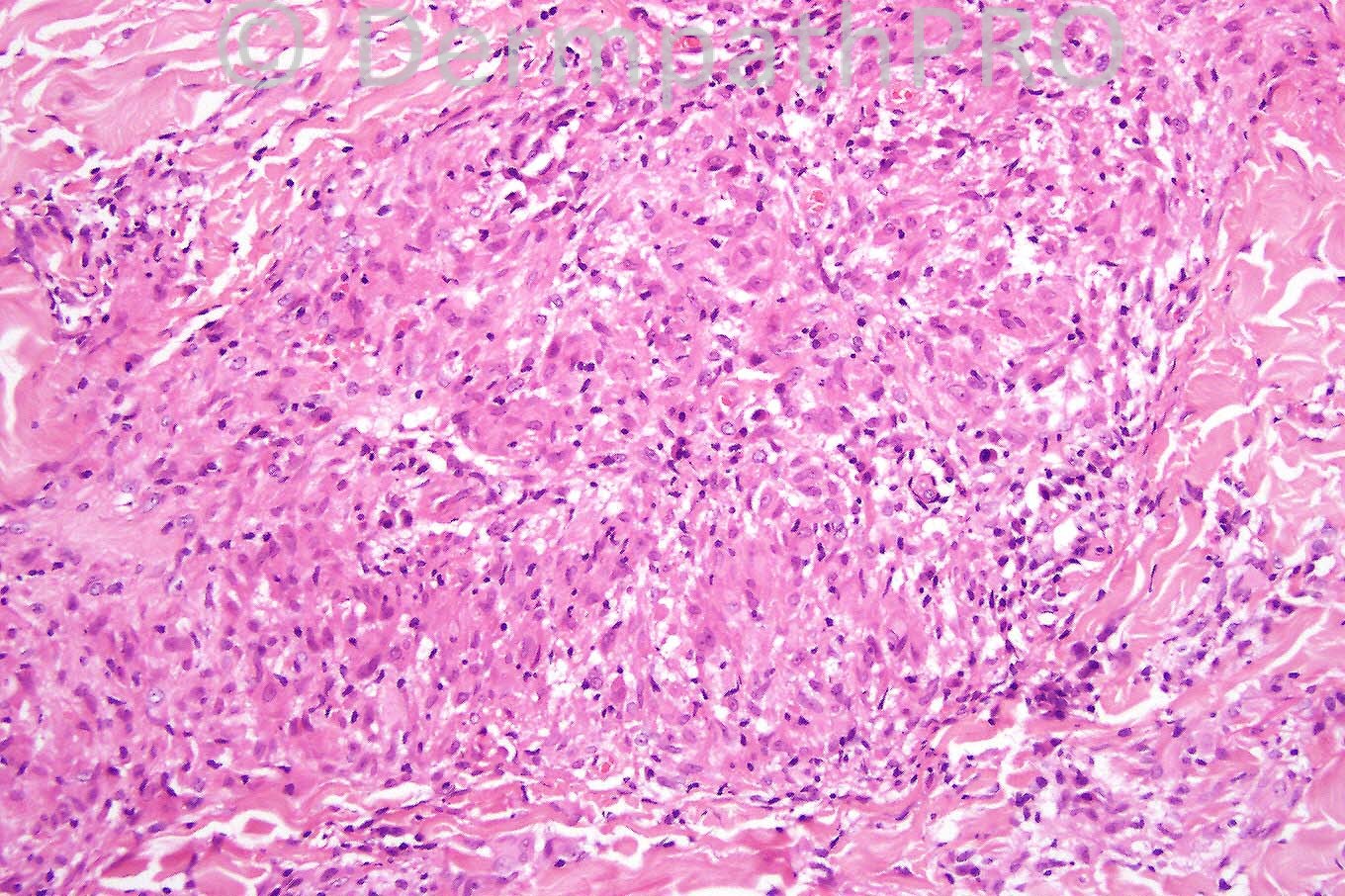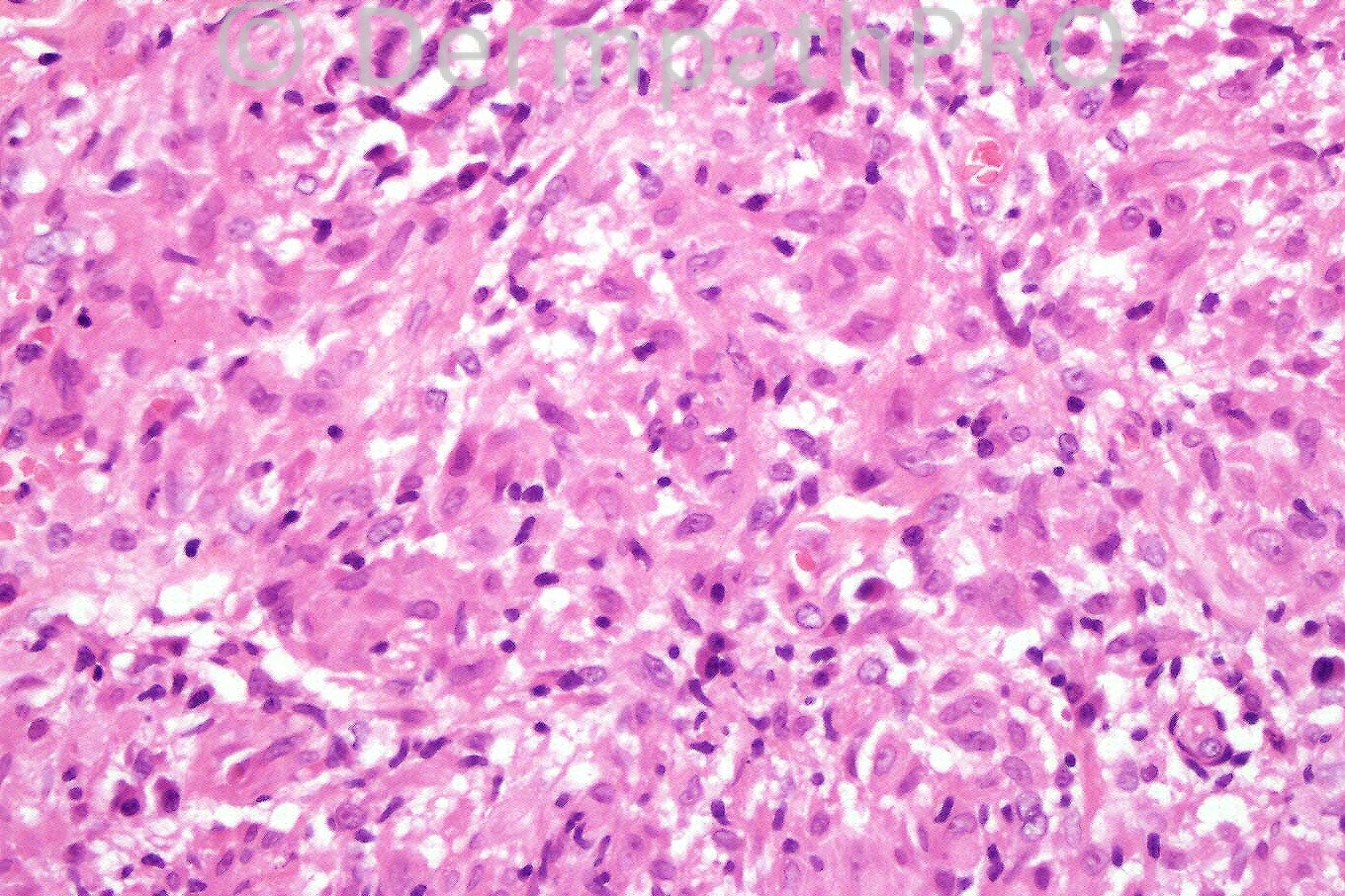Case Number : Case 640 - 21 Nov Posted By: Guest
Please read the clinical history and view the images by clicking on them before you proffer your diagnosis.
Submitted Date :
Female 42 years with erythematous plaques on the face and trunk.





User Feedback